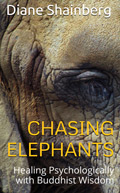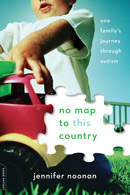 “Quick Sand” by Malin Persson Giolito
“Quick Sand” by Malin Persson Giolito
(trans. Rachel Willson-Broyles, Other Press, pp 432, $26.95)
Kudos to Other Press for publishing this Nordic wonder. “Quick Sand” has been bestsellers in more than 20 countries, mainly the old continent, and despite its success, it was shocking to see that no US publisher would rush to snatch up the US rights. “Quick Sand” is Persson Giolito‘s fourth crime novel. The story takes its cue from a mass killing, such as the one which took place in Norway in 2011 . . . Its main protagonist, the 18-year old, Maja Norberg, is a popular student who survives a school rampage. Set as a flashback, prior to the gory event, the plot trails Maja’s past to find out whether she participated in the mass murdering. She has been accused, being the only one to survive, and waits in jail for her trial.
This alone would not have been enough to get this book included in this month column. But Persson Giolito’s craft takes us on a psychological ride, where perhaps the narrator of the story is not as reliable as first thought. She met a questionable character, Sebastian Fagerman, prior to the massacre. Little by little, we can hear the cogs of her internal life flicker with strange sounds. As she is swept off her feet, alienating everyone in her immediate circle, we ponder if her outcries are not simply screams for help . . . that everyone missed. Then do we want her to be guilty? Do we want her to be innocent? Or do we simply want to be passers-by entertained by her story? . . . You will have to listen to yourself very careful as you read this unnerving book. You do not want to be missing something.




